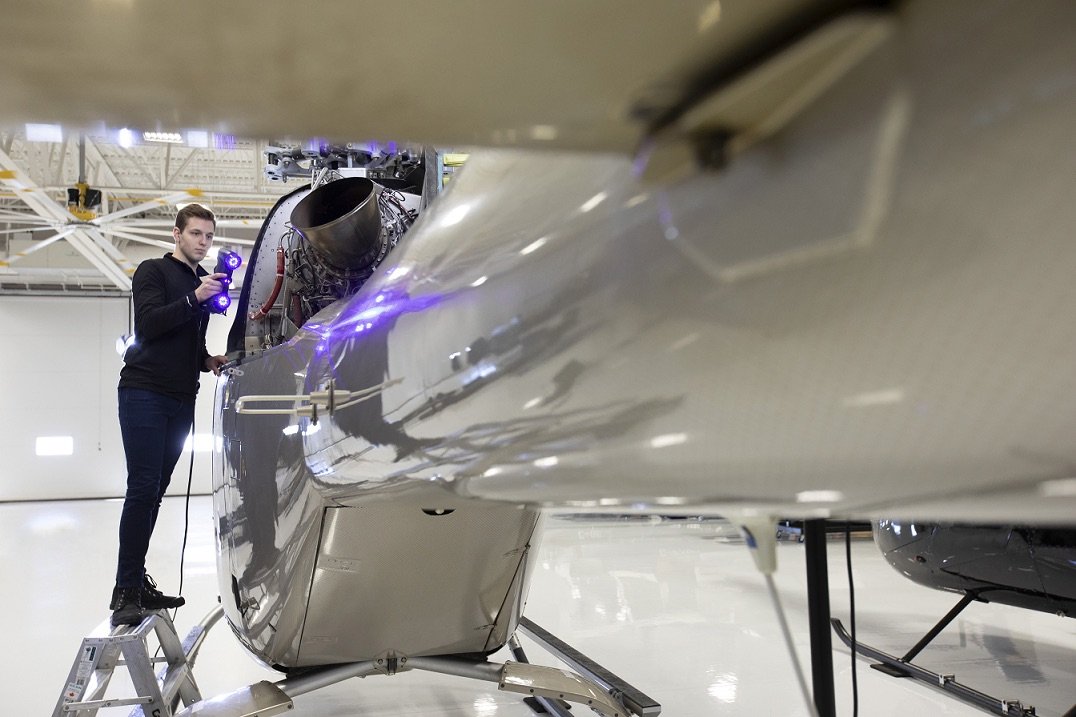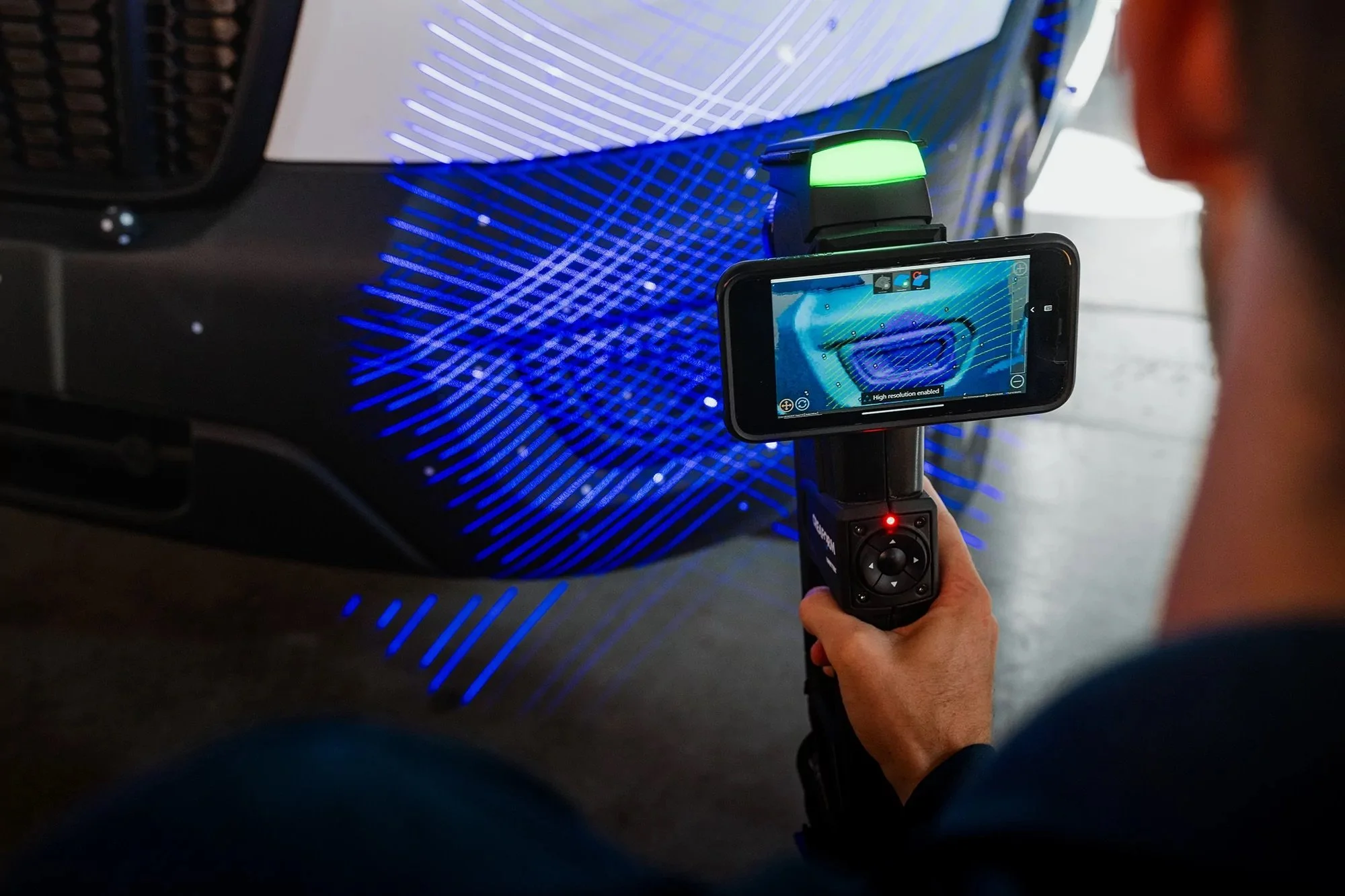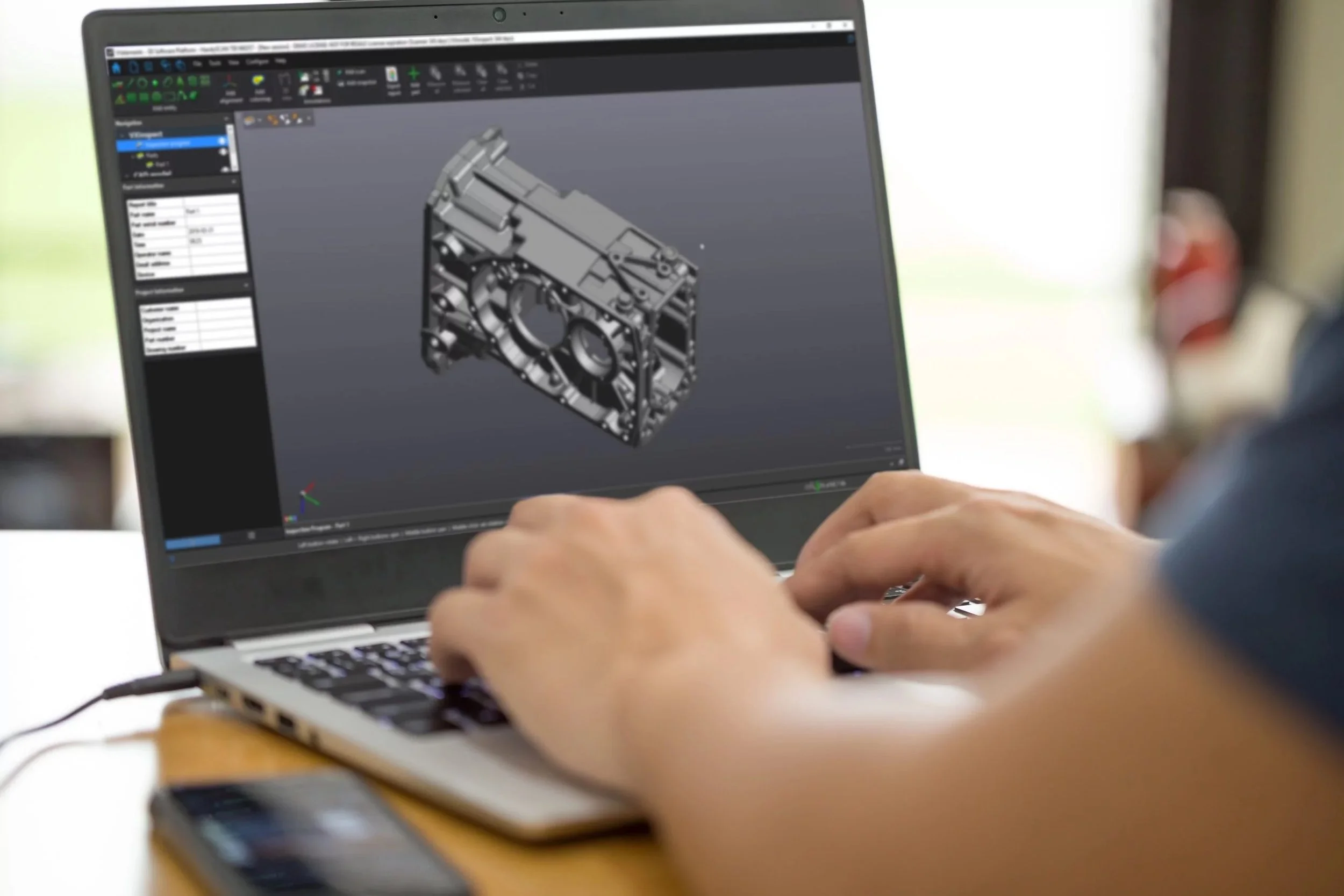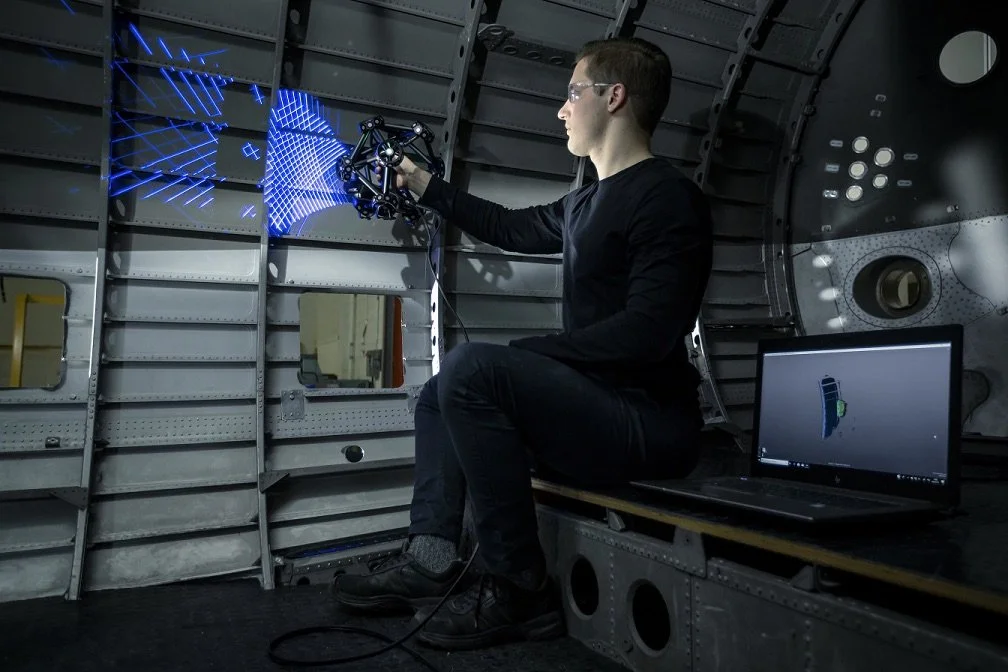SMART STEPS TO INTEGRATING 3D SCANNING IN YOUR QUALITY CONTROL
Integrating 3D scanning technology into quality control processes can be challenging. It requires balancing the need for cost-effective, scalable solutions with long-term effectiveness.
We have compiled a list of our best tips to help you choose a 3D measurement technology that not only meets your current needs but also allows for future growth. This can save you valuable time and resources, and assist you in streamlining your quality control processes to better align with your business goals.
Step 1: Assess Your Current Needs
To choose the right 3D scanning technology, you need to start by analyzing your current quality control processes and identifying the main challenges you want 3D scanning solutions to help you overcome.
After that, you need to determine your specific needs. This includes considering the size and complexity of the objects you want to scan, the level of detail required, how you plan to use the data, the human resources available, and the skills of your quality control team.
For instance, industries like aerospace and automotive require extremely high precision for quality control and validation. Meanwhile, other applications like cultural heritage preservation may prioritize the ability to capture colors and textures over geometric precision.
If you’re struggling with a labor shortage or bottlenecks with your current metrology team, you will want to ensure that the 3D scanner you choose is user-friendly and intuitive for operators who are not metrology experts.
Step 2: Consider Handheld 3D Scanners
Moving from traditional quality control methods to fully automated systems can be expensive and complicated for most organizations. Installing a complete automated quality control system can cost more than half a million dollars, a significant investment for any business.
An effective intermediary solution is to start with portable 3D scanning technology. Handheld 3D scanners offer numerous advantages, such as:
Flexibility: They can be used in various environments and are not limited to objects of a specific size or shape.
Cost-effectiveness: Handheld 3D scanners are significantly less expensive than their automated counterparts, making them a more accessible entry point for incorporating 3D scanning into your quality control processes.
Ease of use: Many models are designed with user-friendliness in mind, requiring minimal training and onboarding for quick integration within existing quality control workflows.
Step 3: Look for 3D Scanners with Integrated 3D Scanning Software
The value of a 3D scanning solution extends beyond the acquisition of hardware. To optimize your investment, ask 3D scanner suppliers whether their solutions come with integrated 3D scanning software. This will help minimize the risk of dealing with multiple hardware/software manufacturers and potential compatibility issues.
Also, make sure you have a clear understanding of the integration capabilities of 3D scanning software. If you are currently using CAD software and are , it is crucial to rely on a manufacturer that can provide solutions that can be individually upgraded and adapted based on your specific context.
This modular approach ensures that you won’t have to purchase a completely new system to benefit from the latest advancements in metrology when your quality control processes are ready.
Step 4: Focus on Ease of Use and Manufacturer Support
As mentioned before, it is crucial not to underestimate the importance of an easy-to-use 3D scanner. Many quality control teams struggle to find and retain skilled metrology professionals. Additionally, conventional CMMs often have capacity limitations that slow down the process. Adding 3D scanners should not worsen this problem.
Thankfully, many of the latest 3D scanners are designed to be user-friendly. They are intuitive enough for individuals of all skill levels to pick up quickly, so there is no need to compromise current timelines and quality control KPIs.
It’s important to not only consider the price when selecting a 3D scanner for quality control processes. Choosing the cheapest option may lead to inaccuracies and undetected faults, which can negatively impact the quality of your products. Additionally, opting for a 3D scanner that is not manufactured or designed in North America may result in less durable and reliable products.
Furthermore, the quality of the 3D scanner and the level of support offered by the manufacturer, including training and after-sales support, are equally essential. To ensure maximum efficiency and productivity, it’s advisable to receive good manufacturer training and support. This should ideally be available worldwide to minimize downtimes and ensure that you are getting the most out of your 3D scanners.
Step 5: Plan for the Future
While choosing technology that meets your current needs is important, it’s equally essential to consider where your industry is headed and how your needs might change. For instance, if you start with a need for occasional quality checks, you may eventually require continuous quality control as your operations scale. Therefore, selecting a scalable solution from the start is essential.
When looking for scanners, opt for those designed with the future in mind. This includes manufacturers that regularly issue software updates and hardware add-ons as well as work with customers in a wide range of industries, allowing for enhanced functionality as new technologies emerge.
Market-leading 3D scanner manufacturers typically have a proven track record of innovating, updating, and supporting their metrology solutions over years, if not decades. A company’s commitment to improving its product lifecycle and ensuring long-term research and development indicates how well it will support your evolving needs.
Conclusion: The Lasting Value of Choosing the Right 3D Scanner
The process of improving quality control through 3D scanning should not be just a short-term procurement decision. It’s a strategic choice that will help your business thrive in the future.
Choosing the right 3D scanning technology is crucial to balance current needs and future flexibility. It’s a commitment to enhancing quality standards while staying competitive in the market. By adopting portable 3D scanners, supported by solid software and manufacturer support, you can lay a foundation to withstand technological advancements and market fluctuations.
Visualize your quality control processes not just as they are, but as they could be. By selecting solutions that promise scalability, you can ensure that your initial investment will turn into a long-term asset that continues to deliver results for years to come.
Therefore, choose the option that puts your business at the forefront of quality control, and assures you that when the future of 3D scanning innovations arrives, you will be ready to implement them with confidence.




